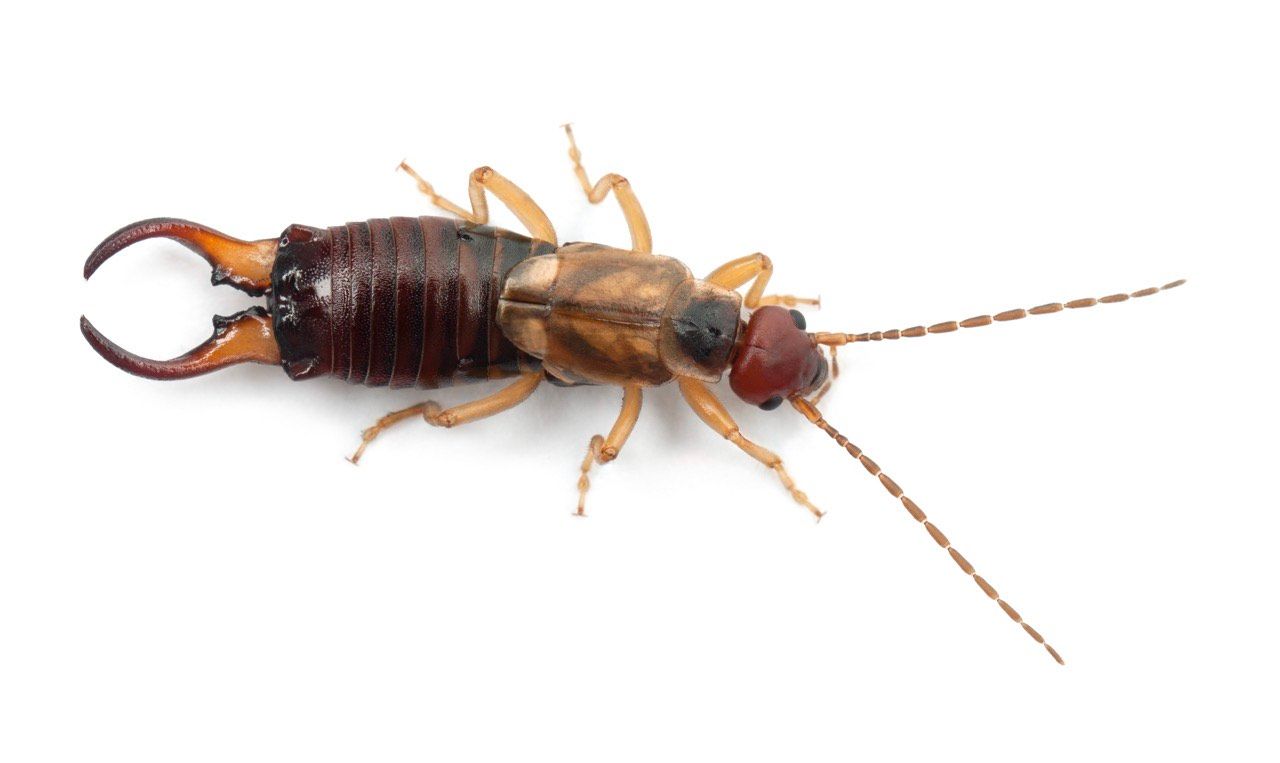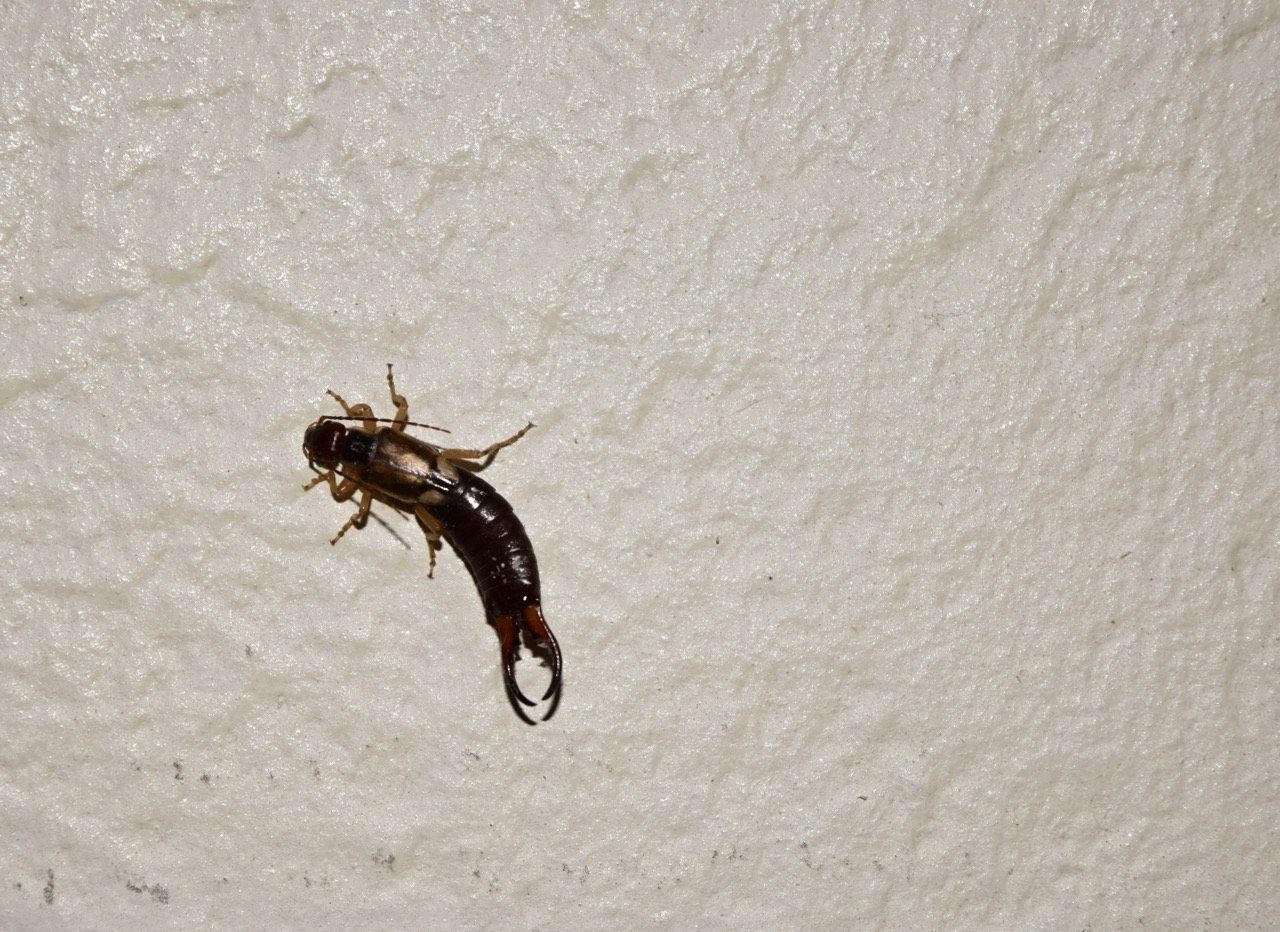At Faraja Pest, we're committed to protecting your comfort and peace of mind by expertly handling bed bug issues.

Earwigs
Earwigs are small, elongated insects with distinctive pincers on their rear, which they use for defense and mating rituals. Although they are generally harmless to humans, their presence can be unsettling and they may damage a variety of plants, including flowers and crops.
Warning
While not dangerous, earwigs can become a nuisance due to their large numbers, especially during the wet season.
Earwigs seek out dark, moist environments and are often found in basements, kitchens, and bathrooms. They are nocturnal, making them more likely to go unnoticed during the day. They can invade homes in search of food and moisture, especially during dry, hot periods.
How to Identify the Pest: Key signs of earwigs include:
- Physical Sightings: Seeing earwigs scurrying away when moving objects or debris in damp areas.
- Damage to Plants: Noticeable bite marks on the edges of leaves and flowers.
- Pincer Marks: Small nip marks on softer materials, a rare sign left by their pincers.
These indicators can help identify earwig activity before it becomes a larger issue.

Controlling earwigs involves understanding their behavior and habitat preferences.
- Exclusion Techniques: Sealing entry points around doors, windows, and foundations to prevent earwig entry.
- Moisture Reduction: Addressing high humidity areas with dehumidifiers and proper ventilation to make environments less attractive to earwigs.
- Targeted Insecticides: Applying insecticides in areas where earwigs are frequently found, such as garden mulch and perimeter walls.
At FarajaPest, we use safe and effective methods to control earwig populations, providing relief and protection for your home and garden.
Effective earwig prevention involves:
- Landscape Maintenance: Keeping mulch, leaves, and other organic debris away from the foundation of your home to reduce earwig habitats.
- Reducing Outdoor Lighting: Minimizing lights that attract earwigs and other insects during the night.
- Regular Inspections: Checking potential hiding spots and entry points regularly to catch early signs of earwigs.
By maintaining these practices, you can significantly decrease the likelihood of earwig problems in your property.